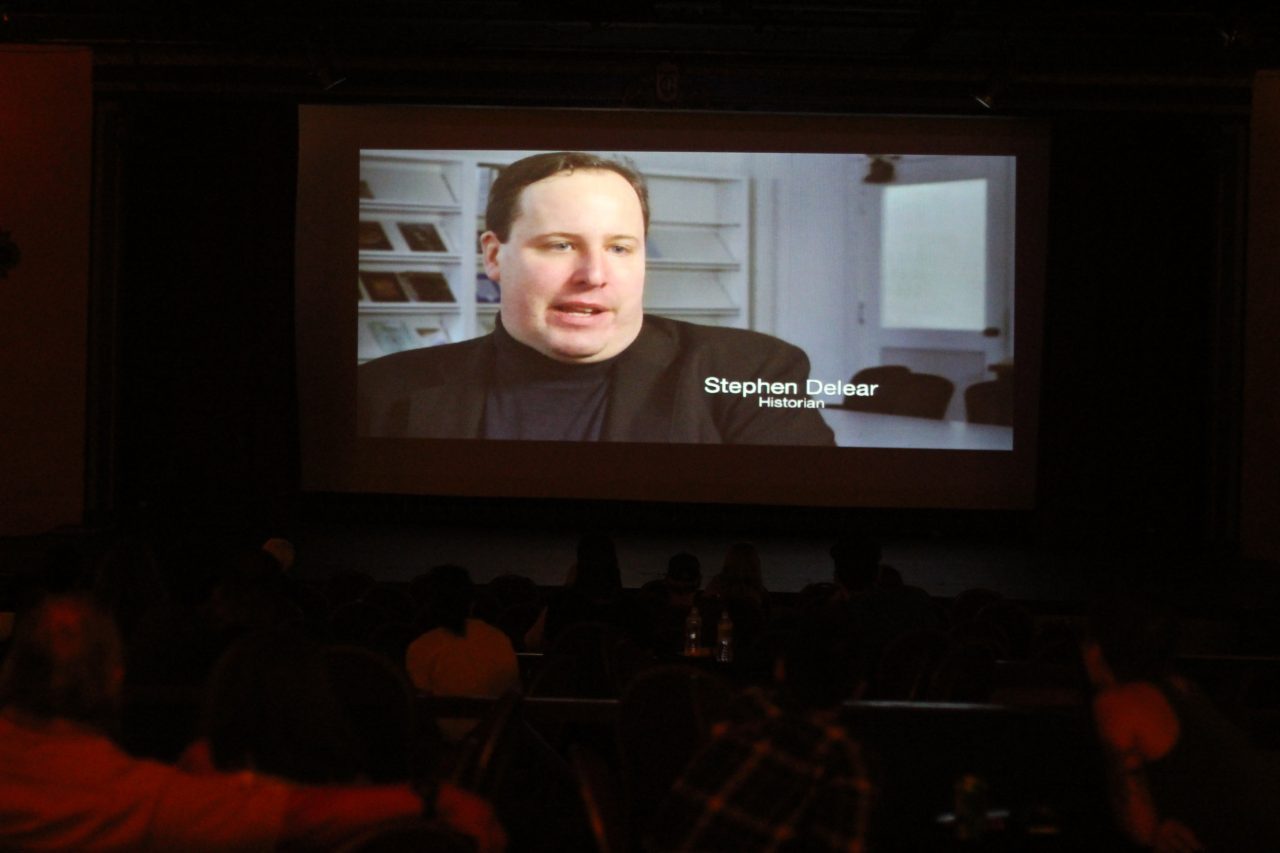Photo by Mona Mirpour
Last Sunday, the recently-formed Indigenous People’s Club (IPC) encouraged students to attend the inaugural Talōm Aptzāi Indigenous Film Festival, hosted by the American Indians in Texas at the Spanish Colonial Missions. The festival took place from noon to 9 p.m. in the Guadalupe Theatre, showcasing a variety of films by creators who identify as Native American or Indigenous. Featured films included a steampunk retelling of Anishinaabe stories of the Moon People; a film based on the life of labor organizer Emma Tenayuca and the San Antonio pecan shellers’ strike of 1938; and 68 Voces, an animated series that features artists from Mexico’s 68 Indigenous language groups.
According to Erin Kramer, assistant professor of history and faculty adviser for IPC, this festival was a rare opportunity for Indigenous filmmakers to tell their own stories in an industry that has often left them out of their own narratives.
“Some of the kind of egregious examples of [racial stereotypes in Hollywood] would be the Westerns that would have Italian-American actors playing Native people, rather than having Indigenous people starring in the films themselves. More recently, movies like the Disney movie Pocahontas are attempting to tell stories about Indigenous peoples, but without including them in the filmmaking,” Kramer said. “I think that this film festival is an effort to sort of promote films that are being made by Indigenous peoples to tell their own stories … and for films to be rooted in Indigenous cultures.”
The film festival was organized into four sections: Gathering Around the Fire Shorts Block, Indigenous Futurism, Community in Focus and For the Generations.
When reading the film line-up, Kramer was most interested in the Indigenous Futurism block, which spotlighted films such as Lisa Jackson’s “The Visit,” an animated short about the true story of a Cree family; Elizabeth LaPensée’s steampunk animation “The Path Without End,” with music by Cree cellist Cris Derksen”; and Rod Pocowatchit’s Red Hand, the story of a time-traveling man with the mission of saving the Native American race.
“The sci-fi portions of the festival really interested me because I think [that] a lot of times we tend to stereotype film festivals like this, where [we believe] it’s going to be a lot of really sad movies about people suffering from historical injustices — which they have, and there will be films about that — or movies about people protesting,” Kramer said. “But Indigenous people have a full spectrum of experiences, and I think that this film festival really tries to capture that and promote Indigenous filmmakers who are making all kinds of different films, not just movies about ‘being Indigenous.’”
Junior Kristian Adams, treasurer of IPC, enjoyed the last film shown during the festival, “Tia & Piajuq,” directed by Lucy Tulugarjuk. The film centered around the friendship between a 10-year-old Syrian refugee named Tia and an Inuk girl named Piajuq, who meet after a magical portal transports Tia to the Arctic tundra.
“I thought [“Tia & Piajuq”] was great,” Adams said. “I liked the interactions of the two girls and the social implications [the story] provided.”
According to junior Jullian Valadez, president of IPC, the club will try to find similar arts-oriented events for interested students to attend later in the year.
“Everyone can and should go — this is a whole community that’s alive, breathing and hosting cultural events,” Valadez said. “By attending this [film festival], you have the opportunity to learn more about a group of people who have a variety of different lived experiences and to support Indigenous artists and their creations.”







